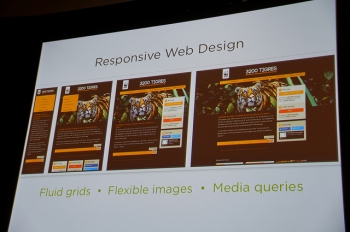Tips to Make Your Medical Website Design Unique

When designing a medical website you should make certain that it will give your practice the return on investment you are expecting. This guide is packed with the tips and techniques to make your medical website design unique and profitable.
Designing a professional website is not just about making beautiful pages, it is also about understanding your audience and crafting an information structure that not only meets the needs of your audience but fulfills business goals as well. It’s about working with a team of people, and understanding goals. So, first gather your team and consider the below things.
1. Who will design your medical website?
Web design requires expertize in designing graphics and text, laying out pages and translating it all into HTML and CSS. Keep this in mind when considering who will design your medical website. It is always advised to hire a professional medical website builder who can customize the website exactly the way you want it, not just the design but also the layout and function. Ask your medical website builder about the site template. An experienced builder can offer you a variety of templates matching your services. For instance, if you’re a dentist, the builder will provide you a medical website template that accurately conveys the service you’re offering.
2. Will the design of your site support your content or distract from it?
When visitors first open a webpage, statistics show they decide immediately whether to stay—within the first 6-8 seconds. Given that you only have a short time to capture your target audience’s attention, you can understand the importance of design. Two of your site’s tasks are to convey the feel and purpose of the site and to focus your attention by drawing your eye to what’s important. Hence, discuss with your design team and plan a design that offers both the purposes. You can certainly ask your website builder to have a design that meets your expectations.
3. Will your website layout make your content clear?
The layout of a website serves as a kind of map for visitors. Once they understand the layout, they’ll know where to look for specific information. Select the layout that complements your general content areas or laying out specific content within those areas.
4. Will images be used effectively in your design?
Images are a powerful part of your practice’s medical website design. Images in a design should complement the content of the site, not distract from it. Hence, keep both the quantity and the complexity of graphics in your design to a level that does not distract.
Apart from these, there are many other considerations, such as:
- Usability: Usability is very important—typically targeting simplicity and clarity.
- Documentation needs to be carried out as a part of the process.
- Being user-friendly: Having appropriate navigation and relevant content is very important.
Whatever your medical website needs may be, it is your responsibility to make the final decision regarding your design.
It’s important to know what to look for and what questions to ask when having your website professionally designed. Consulting an experienced medical website builder is advised.
